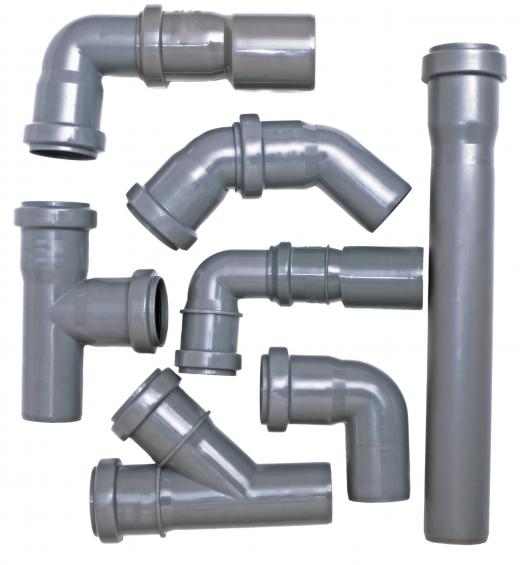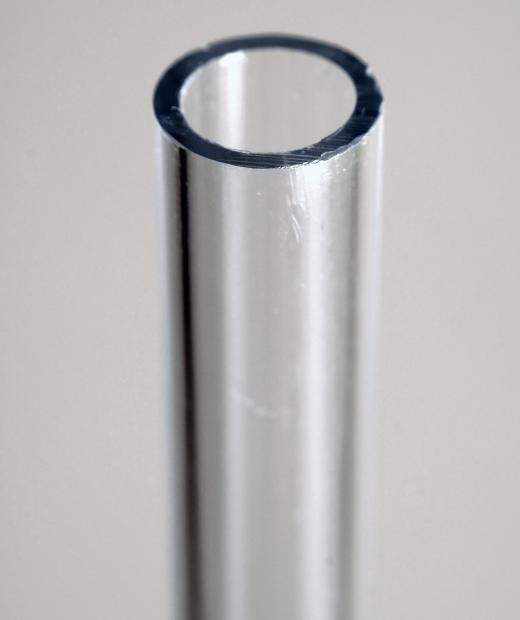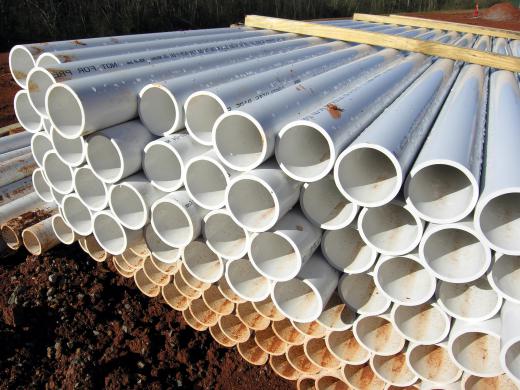Plastic pipework is a term used to denote pipe systems made of plastic for the transportation of a variety of fluids, as well as vacuum systems. The pipes often contain pressurized drinking and waste water, chemicals, heating and cooling fluids, and compressed air. There are several plastics manufactured for use in plastic pipework, the most common being acrylonitrile butadiene styrene (ABS), polyvinyl chloride (PVC), chlorinated polyvinyl chloride (CPVC), and polypropylene (PP). Plastic pipework has many advantages over metal pipework, including ease of installation, sterility, durability, and cost.
Home plumbing systems frequently include ABS and PVC pipes. Black ABS pipes have largely replaced cast iron in residential waste systems primarily because of their ease of installation and low cost. For transporting drinking water, PVC pipes are a reliable alternative to copper for the same reasons. PVC, like copper, resists corrosion and is a bacteriostatic material that resists the growth of pathogens. CPVC has a high resistance to caustic and acidic fluids and is often used in place of PVC for residential and commercial plastic pipework for the conveyance of pressurized water.

Landscaping and exterior plumbing systems are also increasingly served by plastic pipework as an alternative to galvanized steel or iron pipes. Both PVC and PP pipes provide easy installation and have a high resistance to deterioration from UV rays and corrosion from ground moisture and weather conditions. PVC pipes are most frequently welded together with a solvent while PP pipe systems use compression couplings that are simply pushed onto the ends of the pipes to create a watertight seal. PVC and PP pipes can be interchanged mid-stream with the use of appropriate adapter fittings.

The valves and fittings in most residential and commercial plastic pipework are made from the same material as the pipes and are installed in the same way, usually with a solvent that momentarily melts the plastic. In larger piping systems for the transportation of gas or hazardous chemicals, or when gas or compressed air is kept under high pressure, the pipes are often joined with metal flanges which can be bolted together.

The advantages of plastic have caused oil producers to increasingly turn to reinforced thermoplastic pipe (RTP) as an alternative to steel for the transportation of oil and gas. RTP pipes can also be retrofitted into systems with corroded steel pipes to create an environmentally-safe, cost-effective system that takes a fraction of the time to install that it would take to replace the steel pipes.
